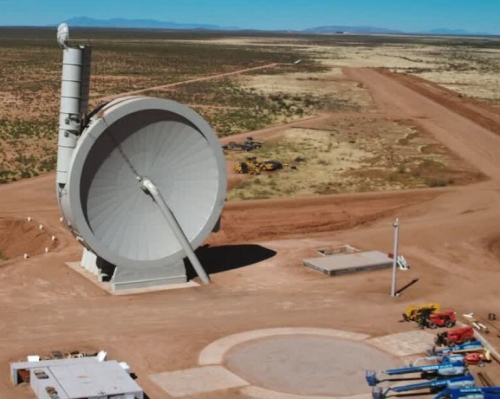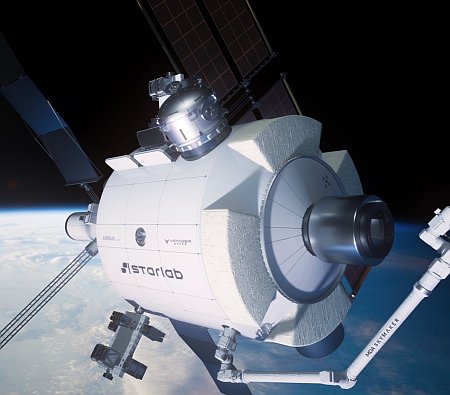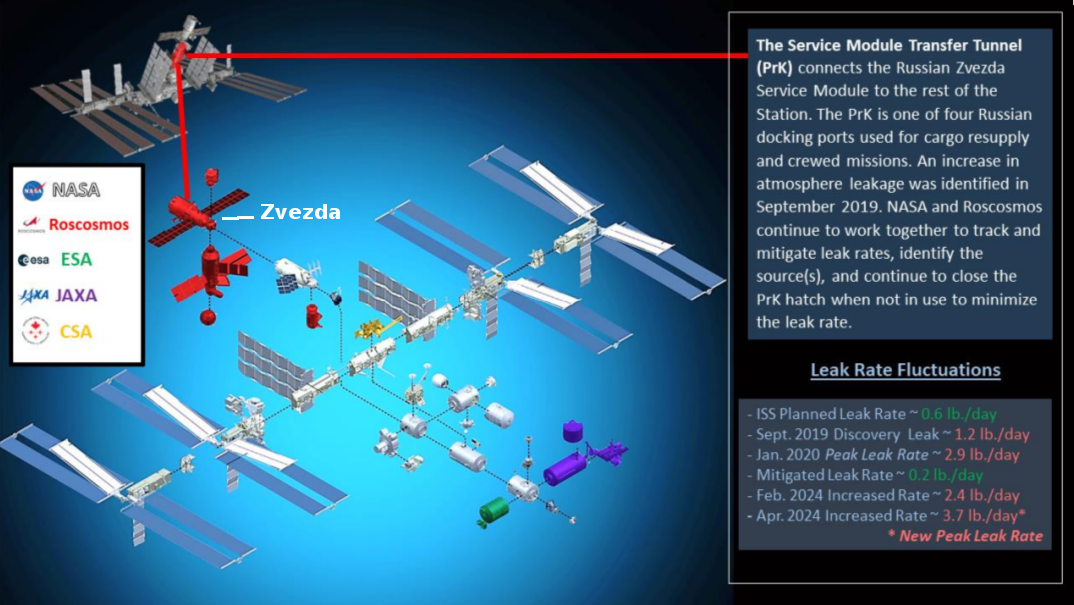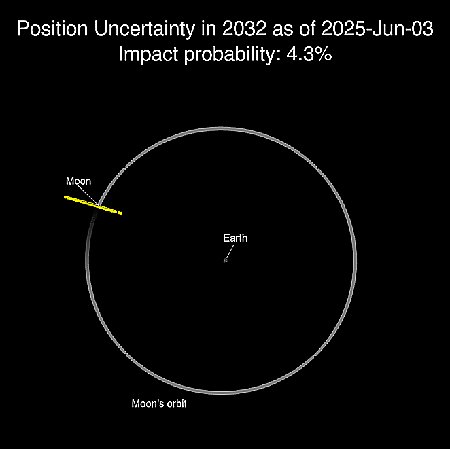Spinlaunch signs deal to build its spin launch facility on island in Alaska

Spinlaunch has now confirmed that it has signed a deal to build its spin launch facility on Adak island in the far western extent of the Alaskan island chain.
The facility will be a scaled up version of its spin launch test facility in New Mexico, shown to the right, that was used for tests back in 2022, hurling payloads 35,000 feet into the sky up by spinning them up.
Since then the company changed its leadership and shifted focus to building a satellite constellation that will at least initially will be launched by conventional rockets. This new agreement, actually signed in October 2024 but kept secret until now, suggests that it has not yet abandoned its spin launch technology.
» Read more

Spinlaunch has now confirmed that it has signed a deal to build its spin launch facility on Adak island in the far western extent of the Alaskan island chain.
The facility will be a scaled up version of its spin launch test facility in New Mexico, shown to the right, that was used for tests back in 2022, hurling payloads 35,000 feet into the sky up by spinning them up.
Since then the company changed its leadership and shifted focus to building a satellite constellation that will at least initially will be launched by conventional rockets. This new agreement, actually signed in October 2024 but kept secret until now, suggests that it has not yet abandoned its spin launch technology.
» Read more







